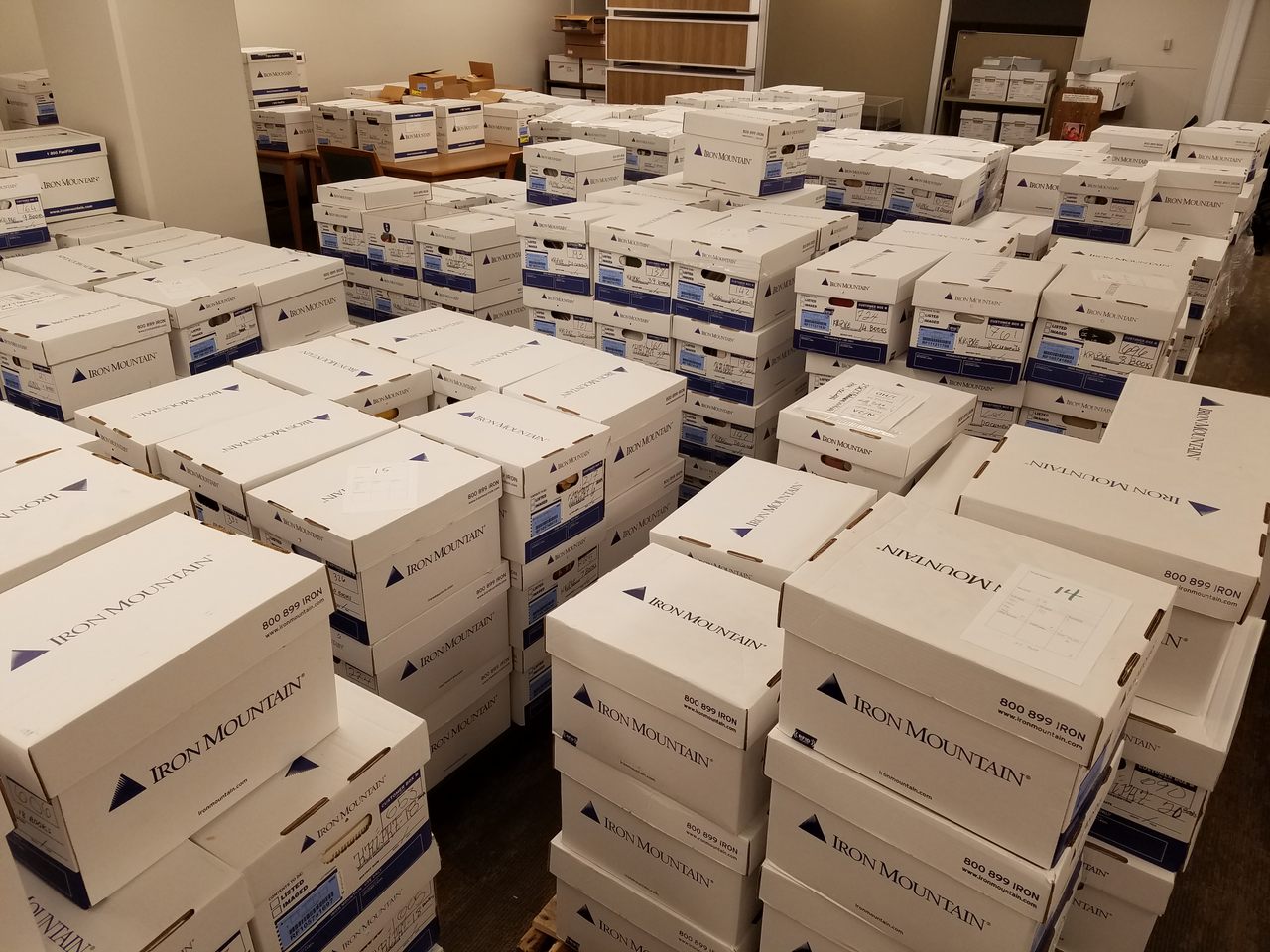Why the godfather of artificial intelligence fears his creation

From Joshua Rothman for The New Yorker: "People say it’s just glorified autocomplete,” Geoffrey Hinton told me. "Now, let’s analyze that. Suppose you want to be really good at predicting the next word. If you want to be really good, you have to understand what’s being said. That’s the only way. So by training something to be really good at predicting the next word, you’re actually forcing it to understand. Yes, it’s ‘autocomplete’—but you didn’t think through what it means to have a really good autocomplete.” Hinton thinks that “large language models,” such as GPT, which powers OpenAI’s chatbots, can comprehend the meanings of words and ideas. And that they are either close to or are already able to reason in the same kind of way that human brains do. And that could be dangerous."
The rise and fall of the bank robbery capital of the world

From Peter Houlahan: "Less than an hour later, the man the FBI called The Yankee walked out of Imperial Bank in Westwood, practically in the shadow of the Federal Building that houses the FBI’s L.A. Bank Robbery Squad, with $4,190. Diving into rush hour traffic on the 405 Freeway, The Yankee headed over the hills to the San Fernando Valley and pulled a final job just before closing time at the First Interstate in Encino for a take of $2,413. Four hours, six heists, $13,197. As impressive as The Yankee’s performance had been, a record for bank licks by one person in a single day, It did not entirely shock the FBI agents in bank robbery squad. This was L.A. after all, and by 1983, L.A. had long established itself as the undisputed “Bank Robbery Capital of the World.”
Tiny robots made from human cells can heal damaged tissue

From Matthew Hutson for Nature: "Scientists have developed tiny robots made of human cells that are able to repair damaged neural tissue. The ‘anthrobots’ were made using human tracheal cells and might, in future, be used in personalized medicine. Developmental biologist Michael Levin at Tufts University in Medford, Massachusetts, and his colleagues had previously developed tiny robots using clumps of embryonic frog cells. But the medical applications of these ‘xenobots’ were limited, because they weren’t derived from human cells and because they had to be manually carved into the desired shape. The researchers have now developed self-assembling anthrobots from human skin cells and are investigating their therapeutic potential using tissue grown in the laboratory."
Editor's note: If you like this newsletter, I'd be honoured if you would help me by contributing whatever you can via my Patreon. Thanks!
Hedge funds are financing prospectors who search the ocean floor for lost treasure

From Bloomberg: "When the ship got back to Reykjavik, the captain and two operations managers were taken to be interviewed by Icelandic detectives. At no point did the Icelandic authorities learn the identity of this mysterious client, the backer of the expedition. They couldn’t have known that the German ship was one of dozens he’s pursued over the years. Media reports about wrecks this man has found or recovered have described him variously as an anonymous London financier, “the unknown salvor” and “the Originator.” He’s marshaled a high-tech operation to recover the lost treasures of history, spanning centuries and entire civilizations and covering most of the blue portion of the planet. And he’s managed to keep this remarkable enterprise secret—until now."
Inside the greatest collection of dictionaries that librarians have ever seen

From April White for Atlas Obscura: "Madeline Kripke's first dictionary was a copy of Webster’s Collegiate that her parents gave her when she was a fifth grader in Omaha in the early 1950s. By the time of her death in 2020, at age 76, she had amassed a collection of dictionaries that occupied every flat surface of her two-bedroom Manhattan apartment—and overflowed into several warehouse spaces. Many believe that this chaotic, personal library is the world’s largest compendium of words and their usage. More than 1,500 boxes arrived at Indiana University in late 2021, accompanied by a catalog detailing some 6,000 volumes. But that’s only a fraction of the total. By the fall, the count stood at about 9,700 and there's still a long way to go. The latest estimate of the total is about 20,000.”
The earliest set of playing cards dates back to the 15th century

From Tim Husband for The Met: "The earliest preserved European playing cards belong to a luxury deck known as The Stuttgart Playing Cards, which date to about 1430. Exquisitely hand painted on a gold ground, each card is a work of art. The high quality of the painting and remarkably good state of preservation indicate that the pack was likely commissioned as a collector's item rather than for play. The original commissioner is unknown, but these exceptionally fine and unusually large cards soon found their way into the collections of the dukes of Bavaria. They are first mentioned in an inventory of the archducal Kunstkammer, or cabinet of curiosities, that was compiled in 1598. The suit signs of the set are Falcons, Ducks, Hounds, and Stags, and each suit comprises 13 cards."
Going over my list of goals for 2023
“Shoot for the moon. Even if you miss, you'll land among the stars.” pic.twitter.com/YIhxs9VMY6
— Trung Phan (@TrungTPhan) December 6, 2023
Acknowledgements: I find a lot of these links myself, through RSS feeds etc. But I also get some from other newsletters that I rely on as "serendipty engines," such as Rusty Foster's Today In Tabs, Clive Thompson's Linkfest, Maria Popova's website The Marginalian, The Morning News from Rosecrans Baldwin, Why Is This Interesting, Dan Lewis's Now I Know, Robert Cottrell and Caroline Crampton's The Browser, Sheehan Quirke AKA The Cultural Tutor, the Smithsonian magazine, and JSTOR Daily. If you come across something you think should be included here, feel free to email me.



